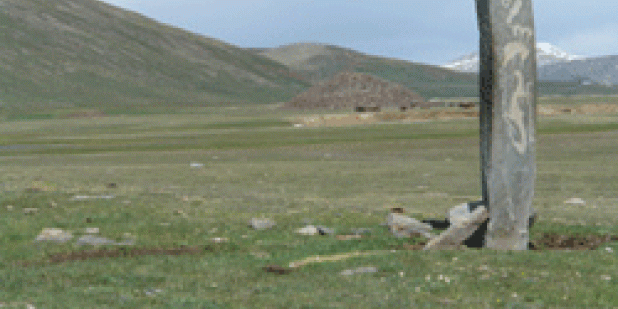Happy Lunar New Year from the USC US-China Institute!
Early Pastoral-Nomadic Societies in the Eastern Eurasian steppes and Their Historical Significance
Professor Guo Wu will explore the Sanhaizi culture, from the 13th century BC to the 7th century BC, through the Sanhaizi rubble mound in Qinhe county, Xinjiang, China.
Where

The Sanhaizi society inherited some of its cultural traits from the Andronovo period. It grew through interactions with various cultures distributed throughout the eastern Eurasian steppes and with the civilizations of Shang and Zhou dynasties. Its favorable geopolitical condition further facilitated the development of the Sanhaizi culture development into a hegemonic power in the eastern Eurasian steppes. This may have triggered the first wave of large-scale east-to-west migrations in about the 8th century BC.
Simultaneous with the rise of the Sanhaizi culture, the cultures the Great Wall region played an important mediating role between the steppe region and the Central Plains of China between the late Shang and the Eastern Zhou periods.
Guo Wu received both his bachelors and masters degree in archaeology and history from Peking University. In 1999 he joined the Institute of Archaeology of the Chinese Academy of Social Sciences and become a members of its Research Center for Borderland Archaeological Studies in Xinjiang. He has since completed his Ph.D. in history at the Chinese Academy of Social Sciences and continues to study the archaeology of Xinjiang and cultural exchange between Chinese and Western societies.
Featured Articles
We note the passing of many prominent individuals who played some role in U.S.-China affairs, whether in politics, economics or in helping people in one place understand the other.
Events
Ying Zhu looks at new developments for Chinese and global streaming services.
David Zweig examines China's talent recruitment efforts, particularly towards those scientists and engineers who left China for further study. U.S. universities, labs and companies have long brought in talent from China. Are such people still welcome?






